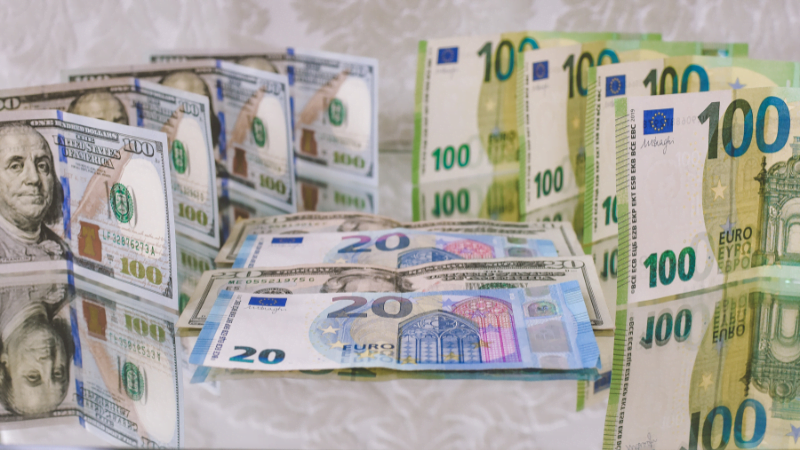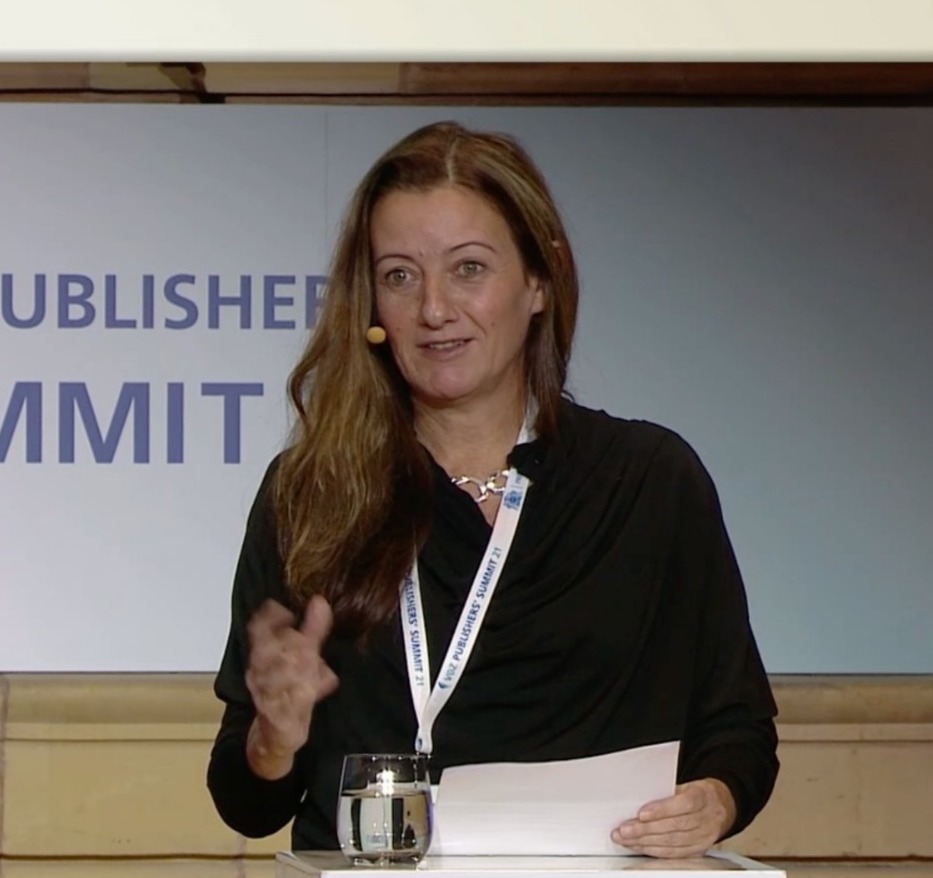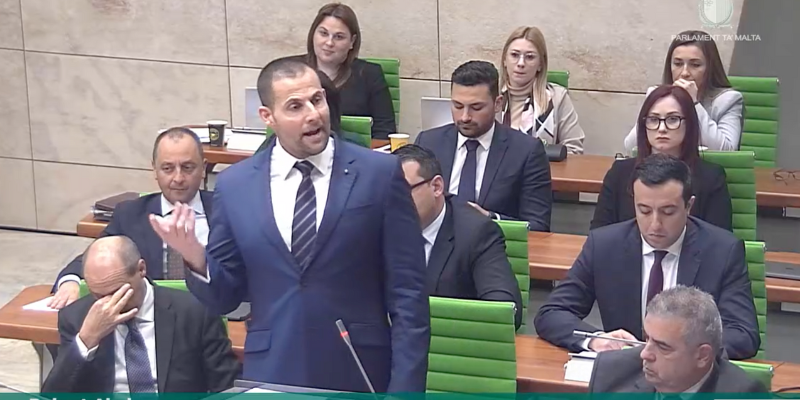A report by the International Monetary Fund (IMF) analysing the effects of FATF greylisting on countries around the world indicates that greylisted countries experienced an average decline in capital flowing into the country of 7.6% of the same country’s quarterly GDP.
In a press release issued in May, the national statistics office estimated that Malta’s GDP for the first quarter of the year stood at €3,251.8 million.
This implies that if Malta were greylisted, the country could face a reduction in capital flow from other countries of around €247.1 million, or 7.6% of its quarterly GDP.
The IMF report analysed quarterly data from 2000 to 2017 on a total of 81 countries across the world, with 78 of them being greylisted at some point during this period.
Besides coming up with an average percentage for measured contractions in inflow of capital, the report also looks at expected declines in inflows of capital in the form of foreign direct investment and inflow of capital into portfolios.
The expected decline in foreign direct investment, known as investment that implies a foreign company buying up controlling ownership of a local business, is about 3% of quarterly GDP. This would mean, for Malta, a fall of roughly €97.6 million euros.
According to the national statistics office, the volume of foreign direct investment in Malta was estimated at €1.7 billion in the first six months of 2020.
As for the inflow of capital into portfolios, commonly known as holdings in a group of assets such as equity shares owned by stockholders in local companies, the expected contraction is set at an average of 2.9% of the quarterly GDP. This amounts to a potential reduction of €94.3 million.
For reference, Malta’s overall portfolio equities net inflow from equity securities such as shares, stocks and direct purchases of shares in local stock markets from foreign investors stood at $228.7 million in 2019, or €191.9 million at today’s exchange rates.
The report also refers to “other investments which are difficult to categorise”, including loans from one bank to another, suppliers’ credit lines and other forms of trade credit.
The expected reduction in capital inflow was seen at an average of 3.6% of the GDP; for Malta, this would be an estimated reduction of €117.1 million.
The report explains the process of being greylisted by the global anti-money laundering and anti-terrorism financing body known as the Financial Action Task Force (FATF) and describes how investors, both domestic and foreign, react to the news before and after the greylisting is officially announced.
It also details specific events through which greylisted countries experience significant contractions in inflow of capital, including through foreign banks “de-risking” their profile by dumping dubious jurisdictions.
This happens as banks seek to reduce costs incurred as a result of the extra checks needed to ensure transactions and funding from a greylisted country are compliant with standard, international anti-money laundering practices.
The IMF notes how the portfolio flows of domestic investors are usually “more sensitive and prone to reversal after a shock” than foreign ones, and attributes this to “information asymmetry” between local and foreign investors.
This suggests that when it comes to the flow of capital in and out of the country, domestic investors tend to display anticipatory behaviour due to their better knowledge of whether other investors are seeking to pull out from the market.
This enhanced sensitivity to the nuances of the local market can be seen in declines of capital outflow from domestic investors of about 3% at the time when the announcement is made, the report reads.
Foreign investors tend to be unsure how other domestic and foreign investors will react to a country being greylisted, meaning that the market will be volatile as “investors update their perception” of the situation.
The IMF also explains how it uses a machine-learning technique known as ‘double-lassoing’ to root out the complex set of variables and measurable factors involved in the estimation of the effects of greylisting on various measurements of capital in a given country.
While the report’s authors admit to the large number of variables that nonetheless had to be included, repeated testing of the report’s findings and statistical power predicted the model’s robustness in terms of measuring the effects of greylisting.
“The method we employed identifies which covariates have enough empirical support for inclusion in the analysis,” the report states.
Some of the domestic variables that are taken into consideration include fluctuations in currency exchange rates, both nationally and internationally, the real rate of growth of a country’s GDP, and whether it holds the status of a developing or emerging economy or one that is advanced, as well as credit ratings in any given country.
International variables include events such as the global financial crisis of 2008, the growth rate and influence of major countries such as the US and the UK as well as the differences in the market caused by fluctuations of the US dollar.














